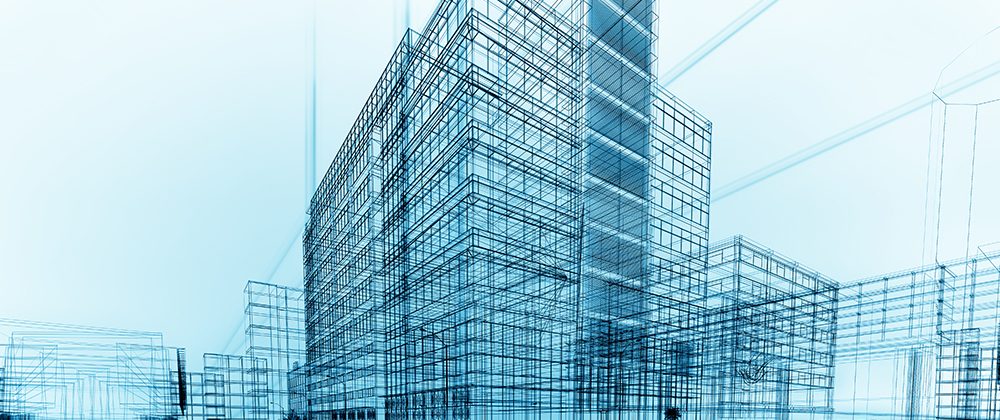Join us as we delve into the world of sustainable building practices with Dr Anastasia Mylona, Technical Director, CIBSE. In this exclusive interview, she sheds light on the critical issue of embodied carbon in MEP equipment and shares insights into reducing environmental impact while advancing global best practices.

As a leading authority in building services engineering and a trailblazer in addressing the urgent threat of climate change, CIBSE stands at the forefront of advancing global best practices within the built environment. With a steadfast commitment to excellence, sustainability and safety, CIBSE nurtures a vibrant community of over 20,000 professionals worldwide for over 125 years. Dr Mylona, CIBSE’s Technical Director, plays a pivotal role in shaping the institution’s technical vision and driving its strategic initiatives forward. With a rich background in architectural training and extensive research experience focused on the environmental performance of buildings, Dr Mylona brings a wealth of expertise to her role, guiding CIBSE’s efforts to provide invaluable advice and guidance to government, industry stakeholders and professionals around the globe.
Could you elaborate on the concept of embodied carbon and its significance in building services? Why is it crucial to address this aspect of carbon emissions now, and what implications does it have for the industry’s sustainability efforts?
Embodied carbon is the carbon emissions of a building before it becomes operational. It is associated with materials and construction processes throughout the whole lifecycle of a building including during the manufacturing of building materials, their transportation, and the construction process. It also refers to the carbon produced maintaining the building and eventually demolishing it, transporting the waste and recycling it.
As our industry reduces our operational energy i.e. reduces the energy demand as a result of energy efficiency measures, policies, new technological advances, etc., reducing the embodied carbon of our buildings becomes the next biggest challenge. The journey towards embodied carbon reduction starts with understanding the elements that are contributing the most to the embodied carbon of buildings.
What is the contribution of the embodied carbon of building services in new and retrofitted buildings, during their lifecycle?
According to GLA’s Whole Life Cycle carbon assessment guidance, the embodied carbon of building services in new buildings is on average 25% and in retrofits, it could be up to 75%.
How does embodied carbon compare to operational carbon during the lifecycle of a building?
Most of a building’s embodied carbon occurs during its construction. It represents 30% of a building’s total carbon on average, the rest being operational carbon. Our efforts to reduce operational carbon will change the ratio between operational and embodied carbon in buildings (from 30% to 80% embodied carbon) while reducing the total carbon in buildings over time.
What elements increase the embodied carbon of MEP (mechanical, electrical, plumbing) equipment and how can a deeper understanding of these elements lead to effective reduction strategies?
Equipment is complex systems with multiple components, following intense manufacturing processes, use of refrigerants, transported from various locations, etc. Understanding the embodied carbon of individual components, from virgin material to manufacturing processes and transportation is crucial in creating less carbon-intensive products.
What can the industry do to reduce the embodied carbon of MEP equipment in buildings?
Prioritising passive design options is crucial in reducing reliance on MEP equipment. For instance, the strategic utilisation of openable windows for ventilation can significantly diminish the necessity for mechanical ventilation systems. Additionally, avoiding overengineering by meticulously designing and positioning systems can minimise the amount of equipment required, such as reducing the length of pipes.
Moreover, it’s imperative to steer clear of oversizing systems. This involves comprehensively understanding building requirements, including factors like indoor environment, occupant profiles and HVAC demand cycles and sizing systems accordingly. Often, systems are sized for worst-case scenarios and further capacity is added, leading to unnecessary oversizing and compromising the efficiency of the system.
Furthermore, being mindful of the embodied carbon of products is essential. This includes assessing factors like reusability and recyclability to make informed decisions and select products with lower carbon footprints, thereby contributing to sustainable practices in building design and construction.
What are the specific actions individuals or organisations can take to reduce the embodied carbon of MEP in their buildings?
Firstly, prioritising passive design measures such as natural ventilation, insulation, shading, thermal mass and nature-based solutions can significantly reduce the reliance on Mechanical, Electrical, and Plumbing (MEP) equipment. This approach minimises the need for active systems, thereby lowering energy consumption and operational costs while promoting environmental stewardship.
Additionally, when sourcing building materials and equipment, it’s essential to engage with manufacturers to obtain comprehensive product information. This includes details on any refrigerants utilised, allowing for informed decisions that prioritise environmentally friendly options.
Finally, selecting products with a lower carbon footprint is paramount by evaluating factors such as manufacturing processes, material sourcing, and end-of-life considerations.
What are the benefits of reducing the use of MEP equipment in buildings? Specifically the financial, environmental and societal benefits?
By minimising the need for MEP equipment, both capital and operational costs can be significantly reduced. This financial efficiency not only optimises budget allocation but also enhances the overall economic viability of the project.
Moreover, reducing dependence on equipment can bolster the resilience of buildings and the built environment. For instance, shading can mitigate energy demand during heat waves, promoting comfort and functionality while reducing reliance on active cooling systems.
Decreasing the use of MEP equipment plays a pivotal role in mitigating the carbon footprint of buildings. This aligns with decarbonisation goals and supports efforts to reduce environmental impact.




